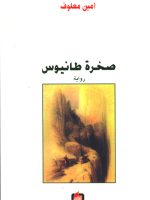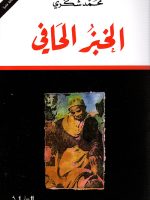This book is based on a simple idea: to tell the story of the Crusades as seen, experienced, and narrated in detail by the “other camp,” that is, the Arab side. Its content relies almost exclusively on the testimonies of Arab historians and chroniclers of the era. These historians do not speak of Crusades, but rather of Frankish wars or invasions.
The word denoting the Franks was written in different forms depending on the region, author, and time: Franks, Frankish, Frankish, etc. The form chosen, which is still used today in colloquial Arabic to refer to “Westerners,” particularly the “French,” was “Franj.” The author’s goal behind this book is not to present a history book, but rather to present a book that clarifies a viewpoint that has been neglected until now: a “true narrative” of the Crusades and of these two turbulent centuries that shaped the West and the Arab world and continue to define their relationship to this day.
save
د.ا0.50The Crusades as Seen by the Arabs
د.ا9.00د.ا9.50
This book presents the Arab view of the Crusades and examines the events from a different historical and cultural perspective.
Available on backorder
| Author | |
|---|---|
| Year | |
| Publisher | Al-Farabi |
Customer Reviews
There are no reviews yet.
You may also like…
-
The Rock of Tanios
د.ا10.00A fascinating historical novel inspired by an ancient Lebanese legend to narrate the struggle for identity and destiny in a turbulent time.
د.ا10.50 -
Leo Africanus
د.ا12.00This novel narrates the fictional story of a Muslim traveler during a time of great transformations between East and West in the sixteenth century.
د.ا12.50 -
World Disorder
د.ا10.00A book that explores the civilizational and ethical challenges of our contemporary world amidst the conflict of identities and the disruption of values.
د.ا10.50 -
A Seat on the Banks of the Seine Four Centuries of French History
د.ا9.00A contemplative journey through France’s cultural and political history reveals the transformations of identity and ideas over four centuries.
د.ا9.50













Be the first to review “The Crusades as Seen by the Arabs”